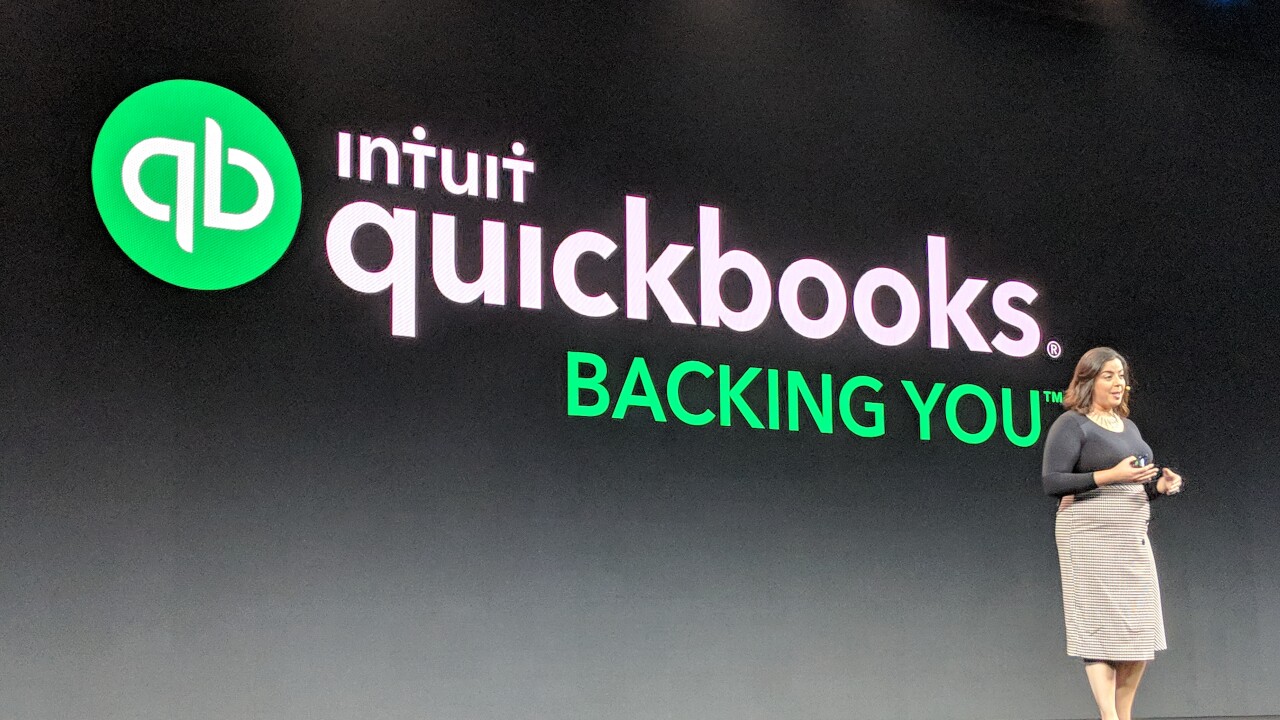Corporate debt settlement offers a survival tool for businesses
To act rather than react is crucial to surviving the contracted marketplaces and financial conditions dictated by the current economy.
Thousands of business entities are on the brink of financial disaster and will eventually close their doors. Most don't realize that they can take measures, such as reducing liabilities and creating cash without borrowing, that can revitalize or even save their businesses. We previously examined five common reasons why businesses fail: loss of revenue, poor business models, management/operational issues, lack of capital, and debt/credit issues (Sept. 1-20, page 10).
Recognizing and responding to these issues with due force can result in a positive outcome. Providing services that have enabled successful turnarounds, I tell clients and businesses facing difficulties that no issue is permanent and will likely pass. How quickly they pass is often relative to how proactive we become. The issue we will examine in detail is business debt and a non-bankruptcy approach to resolving such financial difficulties.
Debt is always a major culprit in forming a crisis. The need to borrow is the seed that can develop into a most unbalanced relationship between creditors and a business' bottom line.
Many argue that it is unwise not to use the leverage enabled through borrowing. However, it adds additional risks to operating a business and may not be the only alternative for starting or funding expansion. When borrowing, business owners take on a demanding and parasitical partnership with creditors that often will dictate how a company operates and one that will siphon profits through interest payments. Any debt can be too much, if a business doesn't generate multiple times the principal and interest payments in added net profits attributable to the use of borrowed funds. So how much debt is reasonable for a business? The accompanying table illustrates acceptable levels of debt to capital for selected industries (see "Do-able debt," above).
I recently spoke with an authority on small-business failure, Samuel D. Bornstein, professor of accounting and taxation at Kean University School of Business and a partner of Bornstein & Song CPAs and Consultants, who said, "Each type of financing has inherent risks which put the business owner at risk of failure." Additionally, many forms of financing, such as home equity lines or credit cards, "will become unavailable or too expensive to maintain, which will lead to small-business failure." Bornstein also said, "Small businesses lack a basic understanding of alternatives and solutions, including corporate debt settlement, that can provide options to bankruptcy."
But business owners are not only to blame in taking on too much debt; the availability and marketing of products conducive to financing growth are pervasive. Credit cards are now the most common source of financing for America's small-business owners, according to the 2008 National Small Business Association Survey. Forty-four percent identified credit cards as a source of financing that their company had used in the previous 12 months. In 1993, only 16 percent identified credit cards as a recent source of funding.
A DEBT LIFELINE
When business owners are faced with a debt crisis, the reactive pendulum can swing wide between urges to borrow more to seeking bankruptcy protection, with few proactive methods in between. These can include self-liquidations, turnaround specialists and even assignment for the benefit of creditors.
One method - corporate debt settlement - can be highly effective as a debt reduction tool.
For example, a typical small business will have suffered some sort of financial distress and owe on average approximately $120,000 in unsecured debt. To ensure a beneficial outcome, the debt settlement process involves an integrated approach of communication, education and financial management.
A good debt settlement concern must do the following:
1. Carefully evaluate companies to make sure they qualify for program eligibility.
2. Assume all communications with creditors.
3. Ensure regular communication with clients to manage progress.
4. Make sure debts are negotiated in good faith, documented in writing, then settled and paid.
The program enables the business to maintain control of company and money, without filing for bankruptcy or incurring additional debt. Furthermore, it takes a huge burden off the business owner and allows them to focus on running the business.
Michael Stoddard, CPA, of The CPA Network, in Provo, Utah, has explored the benefits of corporate debt settlement: "Being educated to the costs and risks enables this to be used prudently as a tool. Instead of falling on their sword, some will need to make tough business decisions and look toward settling their debts as a means to strengthen their balance sheets, to a gain a solid financial footing."
A CASE HISTORY
Here is an example illustrating how corporate debt settlement can make a difference in recovery.
Business type: Audio/video replication Annual revenues: $4.2 million
Annual expenses: $3.8 million
Net income: $435,000
Debt enrolled: $735,000 (comprised of lines of credit, loans, credit cards, vendor and equipment leases)
Annual costs to service debt (minimum payments): $228,600
Total cost of settlement program (including fees): $374,850
Amount saved: $360,150 (49 percent)
This business partnership was formed from two existing merged businesses. One year after the merger, Partner A was injured in an automobile accident. Shortly after, the business lost two major accounts, causing an instant drop in revenue of about 44 percent. The partners explored filing for bankruptcy, but did not qualify. They were engaged in several ongoing production assignments and needed time to decide on an exit strategy.
The partners decided on enrolling debts for settlement, which were negotiated and some restructured to allow for payments over time. This helped their cash flow as project revenues were collected. Partner A elected to sell his equity to a third individual. This provided new resources, expediting the completion of debt settlements with creditors and enabling the new partners to continue operations debt-free.
SOMETHING MUST BE DONE
When a business encounters financial difficulties, remember that whatever decision or course of action is taken, there is a price associated with everything, whether it's maintaining the status quo - or changing the situation for the better.
Christine Janklow is president of SettleSource Inc. (www.settlesource.com), a Los Angeles-based corporate debt settlement firm.
(c) 2009 Accounting Today and SourceMedia, Inc. All Rights Reserved.
http://www.webcpa.com/ http://www.sourcemedia.com/





